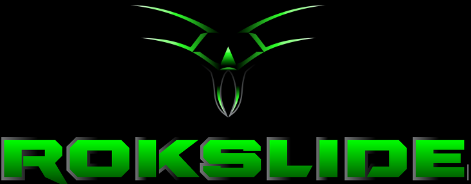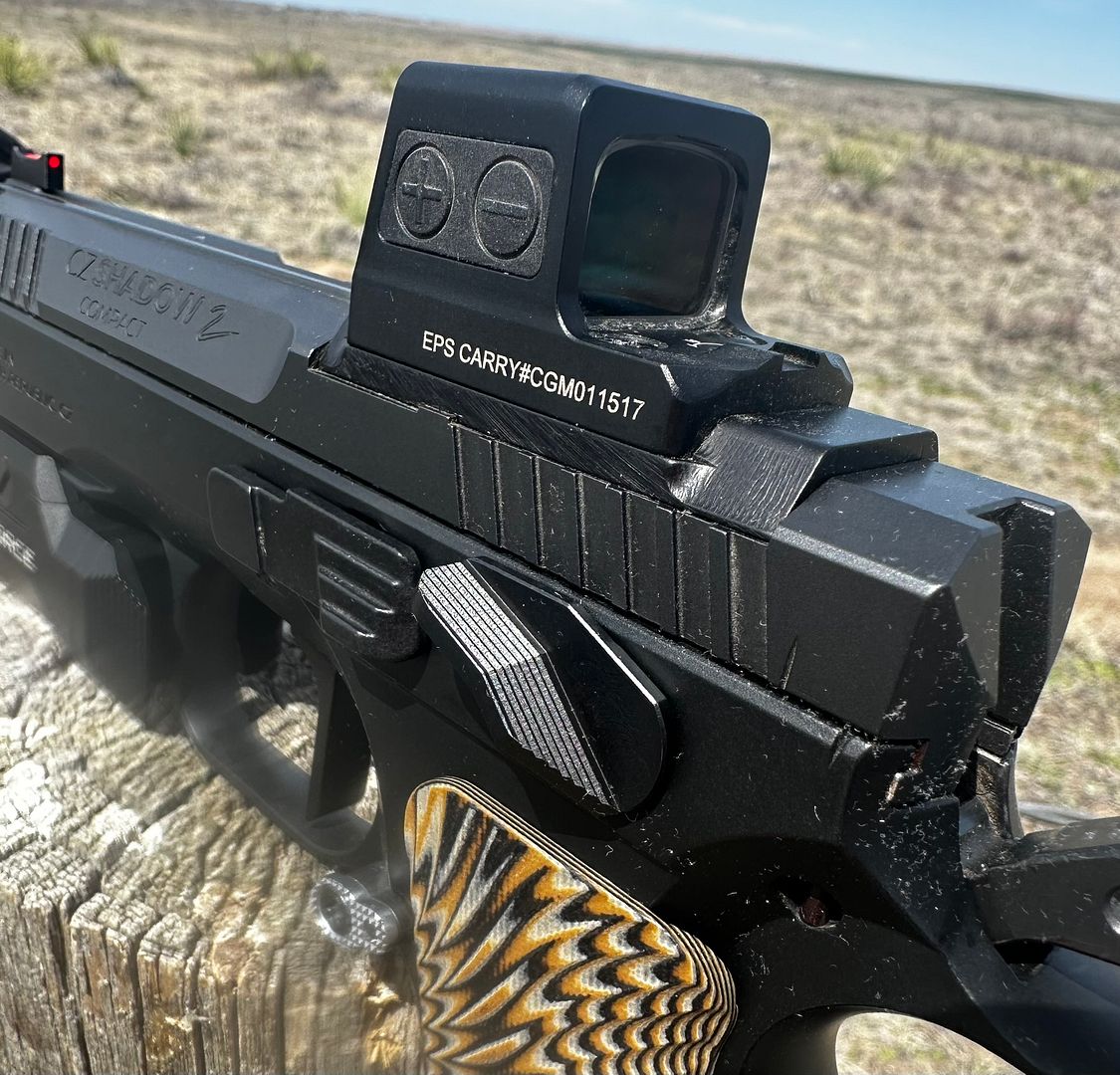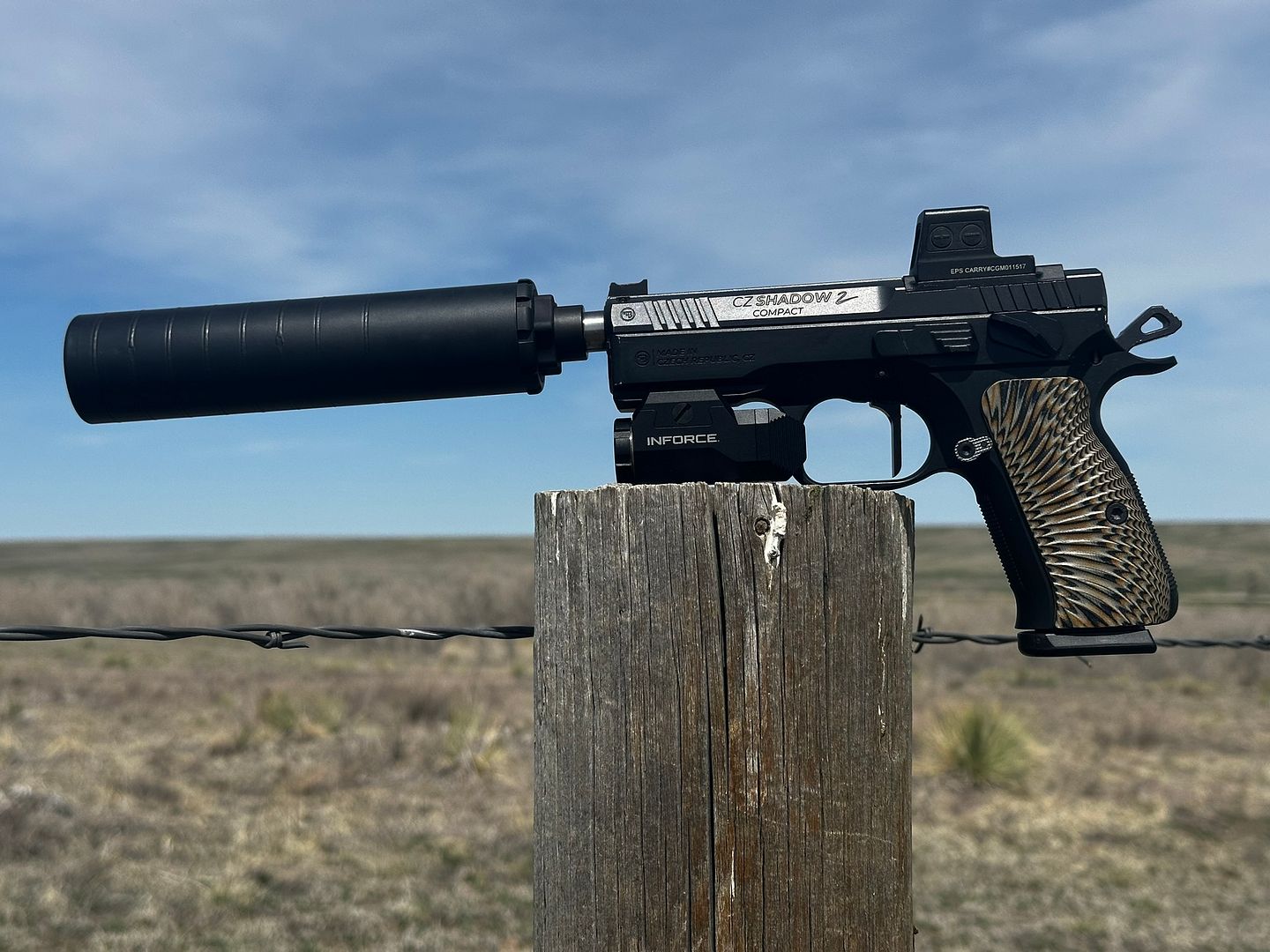That's not bad at all for a first-time out as a new pistol shooter. Pistols are a lot less forgiving than rifles when it comes to accuracy - there's just a lot more going on. Striker-fired triggers especially take more time to really get command of, in terms of being able to pull the trigger without the sights moving at all.
Couple of things:
- Dry-firing really is the secret sauce for getting command of a handgun's trigger, and getting the basics of your grip, as you've already partially discovered. I dry-fire 10x what I do over live ammo. Dry-firing 20 excellent reps every day will get you more accurate on single shots with your handgun faster than 200 live rounds will in one weekly range session. It's the consistency of doing it daily where you get your gains. Doing it right before you go to bed also helps - the brain works on it while you sleep.
- At its core, you're trying to isolate your trigger finger from all the rest of the mechanics of your grip, pressing the trigger without any of your hands' other muscles firing sympathetically. You want total isolation of your trigger finger from everything else in your hands.
- Your trigger finger is the only part of your limbs you want doing anything with fine motor-skill movement. Lock your wrists, elbows, and shoulders, and change your point of aim by slightly adjusting your torso. The more you try to adjust the sights with your grip or wrists, the more inconsistent it'll get in breaking each and every shot. As oxymoronic as it sounds, the less "precise" you are with your body trying to adjust the sight picture, especially via wrist or grip, the more precise your handgun shooting will be.
- Try to get each rep fired without your sights moving at all during the entire trigger-press cycle. It's not an excellent rep if your sights move at all, even after the trigger break.
- Practice pressing your trigger straight back to the tip of your nose. You'll notice that when you forget, the front sight will have a tendency to slip left or right. When you're doing it perfectly and consistently, you'll even hear a difference in the tone of the internals of the gun, between perfectly straight-back, and a little left/right pressure on the trigger.
- If you want an actual process or set to work through, do a "Four Square". It's four rounds of 10 dry-fire reps. Put a tack on the wall as a target, btw. First round, normal two-handed grip, for 10 slow, deliberate, precise reps. Second, 10 reps strong-hand. Third, 10 reps weak-hand. Fourth, 10 reps both hands again. Here's the important part: with every rep that's not perfect, try to replicate it in why it went bad. It goes a hair left? Try to replicate that, so that you understand what you did wrong.
Good luck in your development and training, and try to do whatever you do consistently. Those targets you put up were pretty good given how little you've shot centerfire handguns. Save them. You'll be proud of your progress in a couple of months.



